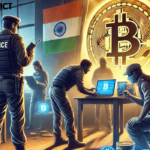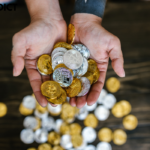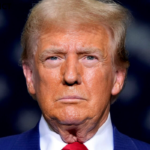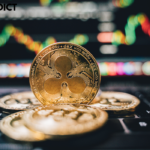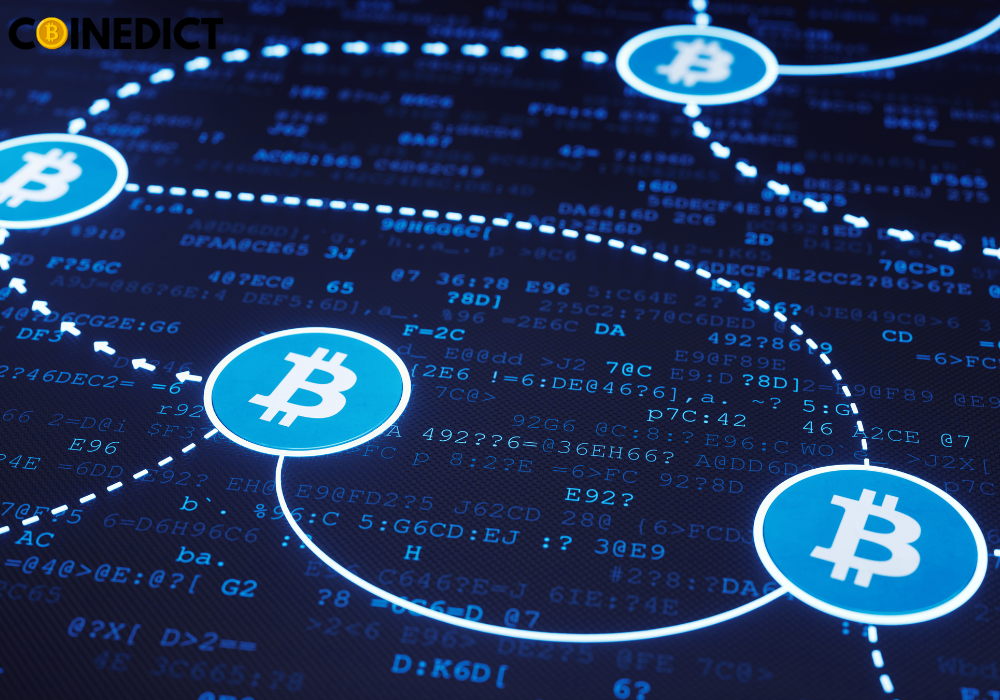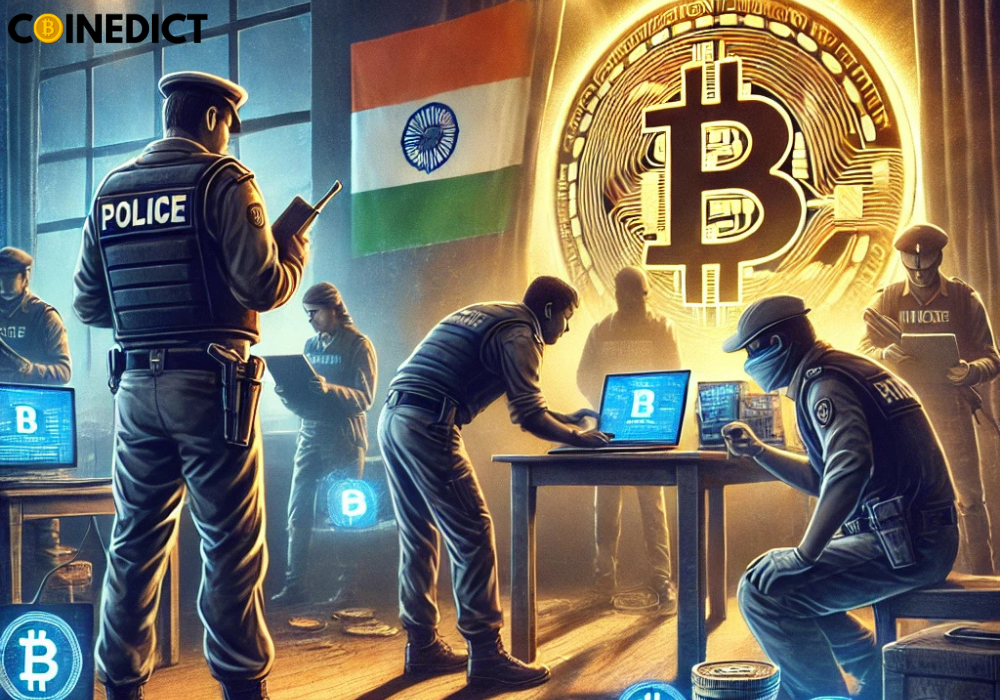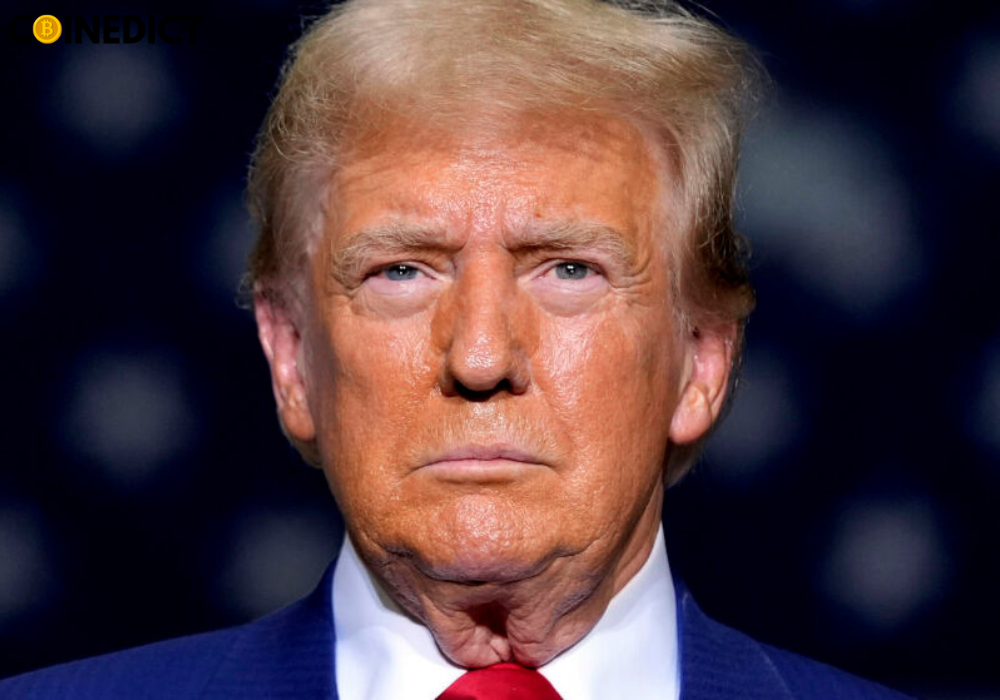In the world of cryptocurrency, there are various mechanisms and practices that shape the ecosystem. One such practice is “coin burning,” which has gained significant attention and importance. Coin burning refers to the intentional destruction or removal of a certain amount of cryptocurrency tokens from circulation. It is a deliberate act carried out by projects and token issuers for specific reasons. In this article, we will explore the concept of coin burning, understand its purpose, and examine its impact on the cryptocurrency market.
What is Coin Burning?
Coin burning is a process where cryptocurrency tokens are permanently removed from circulation. This reduction in token supply is achieved by sending the coins to an address. Moreover, where they become unspendable or by completely eliminating them from the blockchain. The act of burning tokens is irreversible, ensuring that the removed coins can never be used again.
How Coin Burning Works?
The specific process of coin burning can vary depending on the cryptocurrency and the purpose behind the burning.
- Token Destruction: Coin burning starts with the identification of tokens that need to be burned. This can be done for various reasons, such as reducing supply, controlling inflation, or enhancing token value.
- Unspendable Address: The tokens designated for burning are sent to an unspendable address, also known as a black hole address. This address is typically generated in a way that makes it impossible to retrieve or spend the tokens sent to it. This ensures that the burned tokens are permanently removed from circulation and cannot be used again.
- Verification and Transparency: To maintain transparency and provide proof of the burning, cryptocurrency projects often publish information about the coin burning event. This includes details such as the transaction hash or proof of the tokens being sent to the unspendable address. By sharing this information, projects aim to provide transparency and reassure token holders about the legitimacy of the burning process.
- Token Supply Adjustment: Once the tokens are sent to the unspendable address, the cryptocurrency’s total supply is adjusted accordingly. The burned tokens are subtracted from the circulating supply, reducing the total number of tokens available in the market. This reduction in supply can potentially impact the token’s value and dynamics, creating scarcity and influencing market forces.
It’s important to note that the burning process and its effects can vary among different cryptocurrencies and projects. Some cryptocurrencies have specific mechanisms in place, such as Proof of Burn or token buybacks, to facilitate and regulate the burning process. Understanding the specific mechanisms and policies behind coin burning is crucial for assessing its impact on a particular cryptocurrency.
Reasons for Coin Burning
- Reducing Coin Supply: One primary reason for coin burning is to reduce the total supply of a cryptocurrency. By reducing the number of tokens in circulation, the project aims to create scarcity, which can potentially increase the value of the remaining tokens. This reduction in supply can also help maintain a balance between token holders and the demand for the cryptocurrency.
- Controlling Inflation: It can be used as a mechanism to control inflation within a cryptocurrency ecosystem. By removing tokens from circulation, the project can limit the rate at which new tokens are introduced. This approach helps maintain the value and purchasing power of the cryptocurrency, preventing excessive inflation that could devalue the tokens.
- Increasing Scarcity: In addition to reducing coin supply, coin burning also aims to increase scarcity. Scarcity is a desirable trait in cryptocurrencies as it can drive demand and create a sense of exclusivity. By burning tokens, the project signals that the remaining tokens become rarer, potentially driving up their value in the market.
- Enhancing Token Value: Coin burning is often viewed as a strategic move to enhance the value of a cryptocurrency token. When the supply of a token decreases due to burning, the balance between supply and demand can shift in favor of token holders. This can result in increased market demand and, subsequently, a rise in token value.
Coin Burning Methods
- Proof of Burn: It is a consensus mechanism where users prove that they have burned a certain amount of cryptocurrency tokens. This method requires participants to send their tokens to a verifiably unspendable address. By sacrificing their tokens, participants demonstrate their commitment to the network and earn the right to participate in block validation and decision-making processes. Proof of Burn ensures that tokens are permanently removed from circulation, creating scarcity and potentially increasing the value of the remaining tokens.
- Buybacks and Token Burns: Another method of coin burning involves token buybacks by the project or token issuer. In this approach, the project uses its profits or reserve funds to buy and subsequently burn tokens from the market. By purchasing tokens from the open market and removing them from circulation, the project reduces the token supply and creates scarcity. This method is often employed by projects to distribute their revenue back to token holders and create additional value for the remaining tokens.
Impact of Coin Burning
- Supply and Demand Dynamics: By reducing the token supply, coin burning can affect the dynamics of supply and demand. If the demand for the cryptocurrency remains stable or increases while the supply decreases, it can lead to an increase in token value. However, if the demand does not match the reduction in supply, the impact may be limited or even negative.
- Market Sentiment: It can influence market sentiment and investor perception. When a project announces token burning, it can create positive sentiment among existing token holders and potential investors. The perception of scarcity and enhanced value can attract attention and contribute to a positive market outlook.
- Price Volatility: It has the potential to impact price volatility in the short term. Depending on the market reaction and overall sentiment, the announcement or implementation of token burning can lead to significant price movements. These price fluctuations can offer opportunities for traders and investors but also carry risks.
Examples of Coin Burning
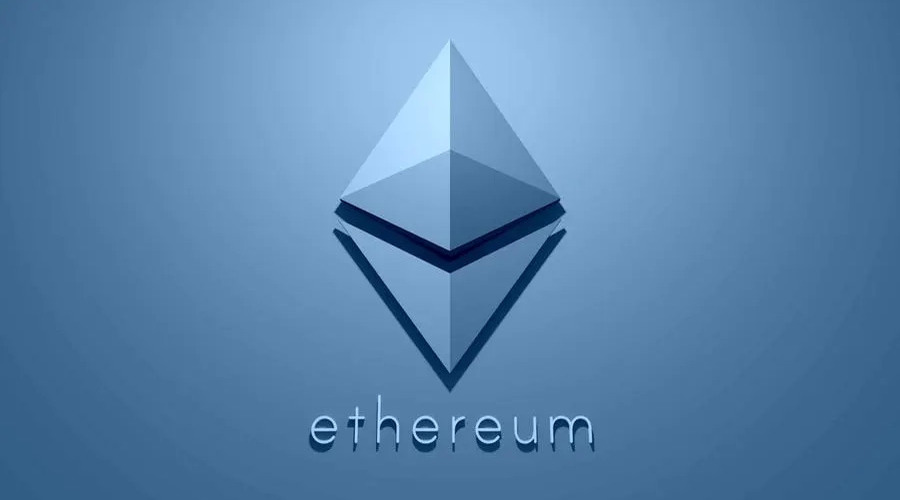
- Binance Coin (BNB): Binance Coin (BNB), the native cryptocurrency of the Binance exchange, regularly conducts coin burns. Binance uses 20% of its quarterly profits to buy back and burn BNB tokens. This practice not only reduces the supply but also aims to distribute profits back to token holders, increasing the value of the remaining tokens. Binance has been transparent about its coin burning events, providing regular updates and detailed information to the community.
- Ethereum (ETH): second-largest cryptocurrency by market capitalization, is in the process of transitioning from a proof-of-work (PoW) to a proof-of-stake (PoS) consensus mechanism. As part of this transition, Ethereum implements EIP-1559, which includes a mechanism to burn transaction fees. This burning mechanism aims to reduce the overall supply of ETH and potentially increase its value over time. The introduction of EIP-1559 has been a significant development in Ethereum’s monetary policy and has gained attention within the cryptocurrency community.
These examples showcase different approaches to coin burning, with Binance Coin focusing on regular buybacks and burns from profits.While Ethereum implements a burning mechanism tied to transaction fees. These practices demonstrate how coin burning can be utilized by different projects to manage supply, enhance token value, and implement innovative monetary policies.
Criticisms and Concerns
- Centralization: Some argue that coin burning can contribute to centralization, especially when token burns are controlled by a single entity or a small group. If a project or token issuer holds a significant portion of the tokens, they can exert control over the token supply and manipulate its value, potentially undermining the decentralized nature of cryptocurrencies.
- Environmental Impact: Another concern associated with coin , especially in proof-of-work (PoW) cryptocurrencies, is the environmental impact. PoW cryptocurrencies require substantial computational power, which consumes significant energy resources. The energy consumption associated with mining and burning tokens can contribute to carbon emissions and environmental degradation.
Conclusion
Coin burning is a practice that plays a significant role in the cryptocurrency ecosystem. It involves the intentional destruction of tokens to achieve specific objectives, such as reducing supply, controlling inflation, increasing scarcity, and enhancing token value. While it has its benefits, it also faces criticisms and concerns related to centralization and environmental impact.
FAQs
What happens when coins are burned?
When coins are burned, they are permanently removed from circulation and become unspendable. This reduction in token supply can impact the value and dynamics of the remaining tokens.
Can coin burning eliminate all tokens of a cryptocurrency?
Coin burning can eliminate a portion of the tokens, but it cannot eliminate all tokens. Some tokens need to remain in circulation for the cryptocurrency ecosystem to function properly.
Are there any risks associated with coin burning?
Coin burning carries some risks, including potential centralization if controlled by a few entities and environmental concerns, particularly in proof-of-work cryptocurrencies.
How can coin burning affect the price of a cryptocurrency?
Coin burning can influence the price of a cryptocurrency by reducing the token supply and creating a perception of scarcity, which can potentially increase the token’s value. However, market dynamics and overall demand also play a crucial role.
Can individuals participate in coin burning?
Depending on the cryptocurrency and its mechanisms, individuals may be able to participate in coin burning through various methods. Such as Proof of Burn or participating in token buybacks. It is essential to research and understand the specific requirements and processes for each project.


